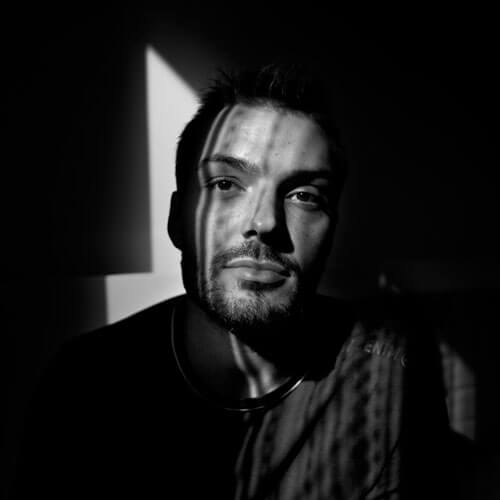Matteo Bastianelli (b. 1985) is a documentary photographer and filmmaker based in the Metropolitan City of Rome, Italy. He is a National Geographic Magazine contributor and a member of Italy's National Order of Journalists. Above all he works on personal projects and commissions related to social, environmental and human rights issues with a keen interest in the themes of memory, identity, inclusion and sustainability.
His photographic and film projects have been regularly published and commissioned by Al Jazeera, CNN, Internazionale, The New York Times, National Geographic, Newsweek, The Guardian, Voice of America, Washington Post, among others. Since 2016 he has also been working on commission for NGOs such as Amnesty International, AVSI, Doctors Without Borders/MSF, Human Rights Watch and International Committee of the Red Cross. His projects have been widely shown in group and solo exhibitions and screenings around the world. A selection of Bastianelli’s accolades includes National Geographic Society’s Covid-19 Emergency Fund for Journalists, Emerging Talent Award at Reportage by Getty Images, AP32- American Photography Awards, PDN’s Photo Annual, Canon Young Photographers’ Award, Italian Doc Screenings Development Award for best documentary film and "Vittorio de Seta" prize for the director of the best documentary film at BIF&ST.
He spent almost five years working in the former Yugoslavia, where he produced his early series. In 2012 was released his first monograph and documentary film, "The Bosnian Identity". In 2013 he started working on "Souls of Syrians", an ongoing project which stems from the concern to document the personal story of a Syrian youth who fled his country in search of salvation in Europe. In 2018 Bastianelli documented the world’s worst humanitarian disaster caused by the ongoing civil war in Yemen, focusing his attention on the resilience of civilians trapped in a life of violence and disease. His documentary film "Yemen Unveiled" was screened during the 2019 Human Rights Film Festival in Berlin, Germany and has been included in the Official Selection of the Health for All Film Festival 2020, organized by the World Health Organization in Geneva. In recent years, he has been continuing his research work on personal and small stories that, by synecdoche, represent a mosaic of contemporary history: from immigration to climate change, from social inclusion to the metamorphosis of the contemporary landscape.
Movies:
The Bosnian Identity
Mal di Mare